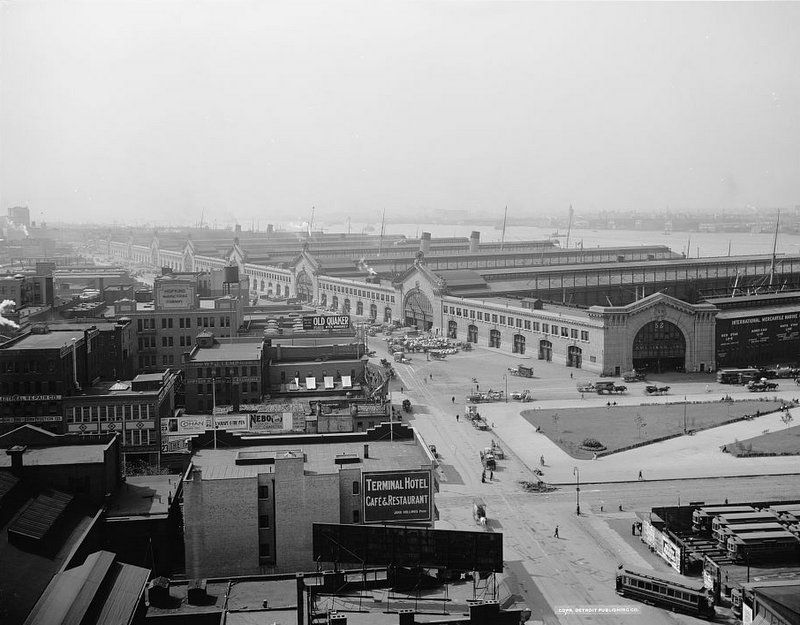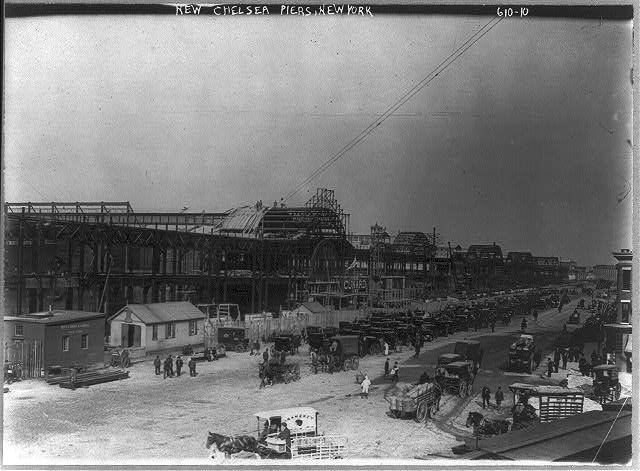How to Make a Subway Map with John Tauranac
Hear from an author and map designer who has been creating maps of the NYC subway, officially and unofficially, for over forty years!


 “New Chelsea Piers on the Hudson,” 1912 . Photo from Library of Congress.
“New Chelsea Piers on the Hudson,” 1912 . Photo from Library of Congress.
Chelsea Piers today might be known for its recreational and entertainment facilities, but long before that, it was a passenger ship terminal. In 1910, the “hodgepodge of rundown waterfront structures” on the west side of Manhattan was replaced by new piers designed by architectural firm Warren and Wetmore (the firm was also working on Grand Central Terminal at the time). Today, the neoclassical facades of Chelsea Piers are remembered only in vintage photographs.

Photo via Library of Congress
Chelsea Piers, as a terminal, received many luxury liners. The Titanic would have docked there had everything gone as planned, but instead the Carpathia brought the 675 surviving passengers to New York City. The ill-fated Lusitania left from the Chelsea Piers in 1915 and was torpedoed by a German U-boat. The piers were also utilized as a departure point for soldiers leaving during both World War I and II. Air travel eventually replaced passenger ships, but the piers remained in use as a cargo terminal until 1967.
When its role as a cargo terminal ceased, Chelsea Piers was turned into various practical uses by the New York City Department of Transportation. According to the Chelsea Piers website,
Pier 60 was the New York City Tow Pound; Pier 59, a repair shop for sanitation trucks; and Pier 62, a U.S. Customs Impound Station. There were plenty of broken-down fences, crumbling walls… and distant memories of glittering gowns and soft music…
The complex faced demolition in the 1980s, as plans were being made to build the Westway highway along the Hudson. By this time, the complex was rusting in open air, its neoclassical facades long gone. The piers found a new life in 1992, when the DOT put out a request for proposals for an interim tenant. The team which won the bid were from the film business. They were looking for a location for Sky Rink, an ice skating rink they were involved with as board members.
The privately financed development weathered ballooning construction costs, the evolution (gentrification) of the Chelsea neighborhood and reaped the benefits of Hudson River Park, of which construction is still on-going as funding becomes available each year.
See more from our Vintage Photography column and get in touch with the author.
Subscribe to our newsletter